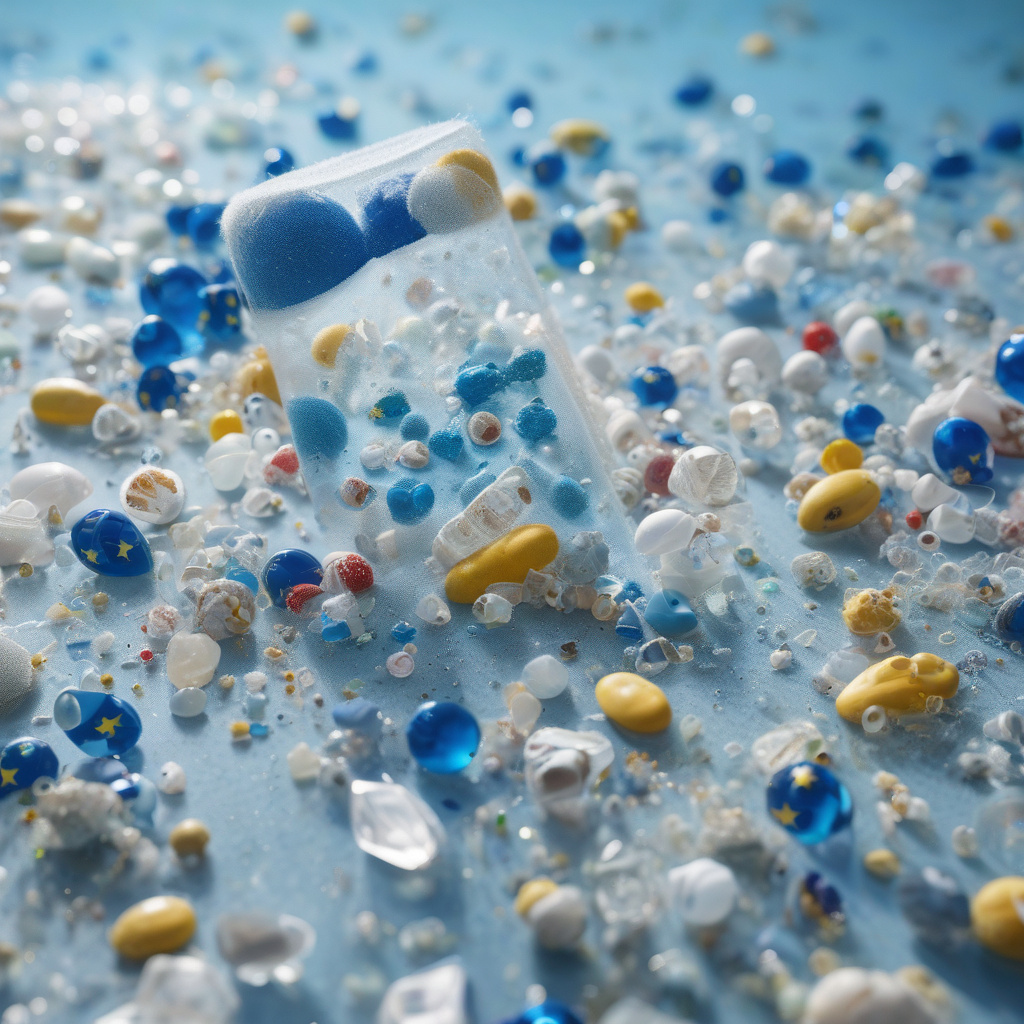EU Takes Groundbreaking Step to Combat Microplastic Pollution
The European Union (EU) has taken a monumental step in the fight against microplastic pollution by introducing its first-ever regulation aimed at addressing the issue of plastic pellets. This landmark regulation signifies a significant move towards reducing emissions and safeguarding fragile ecosystems from the detrimental effects of microplastics.
Microplastics, tiny pieces of plastic less than 5mm in size, have become a pervasive environmental concern due to their widespread presence in oceans, rivers, soil, and even the air. These minuscule plastic particles pose a severe threat to marine life, wildlife, and human health, making it imperative to implement stringent measures to curb their proliferation.
The new EU regulation targets plastic pellets, also known as nurdles, which are the raw material used in the manufacturing of plastic products. These pellets are easily dispersed into the environment during production, transport, and processing, contributing significantly to microplastic pollution.
By imposing regulations on the handling and disposal of plastic pellets, the EU aims to minimize the release of these harmful particles into the environment, thereby reducing the overall impact of microplastic pollution. This proactive approach underscores the EU’s commitment to promoting sustainability and combating plastic waste at its source.
One of the key aspects of the regulation is the establishment of clear guidelines for the handling and transportation of plastic pellets to prevent spillages and leakages that can contaminate waterways and ecosystems. Companies involved in the production and distribution of plastic pellets will be required to adhere to strict protocols to ensure the proper containment and management of these materials.
Moreover, the regulation includes provisions for monitoring and reporting mechanisms to track the flow of plastic pellets throughout the supply chain and assess the effectiveness of pollution prevention measures. By enhancing transparency and accountability, the EU aims to create a culture of responsibility among stakeholders and encourage continuous improvement in plastic pellet management practices.
The enforcement of this regulation marks a significant milestone in the global effort to address microplastic pollution and advance towards a more sustainable future. By taking proactive measures to tackle the issue at its source, the EU sets a precedent for other regions and countries to follow suit in implementing stringent regulations to combat plastic pollution effectively.
As awareness of the environmental and health risks associated with microplastics continues to grow, policymakers, industries, and consumers must work together to adopt eco-friendly practices and reduce reliance on single-use plastics. Initiatives like the EU’s regulation on plastic pellets serve as a crucial step towards achieving a cleaner, healthier planet for current and future generations.
In conclusion, the EU’s groundbreaking regulation on microplastic pollution represents a significant milestone in the global fight against plastic pollution. By targeting plastic pellets and implementing strict measures to prevent their release into the environment, the EU demonstrates its commitment to environmental protection and sustainability.
#EU, #microplastic, #pollution, #regulation, #environmentalprotection












